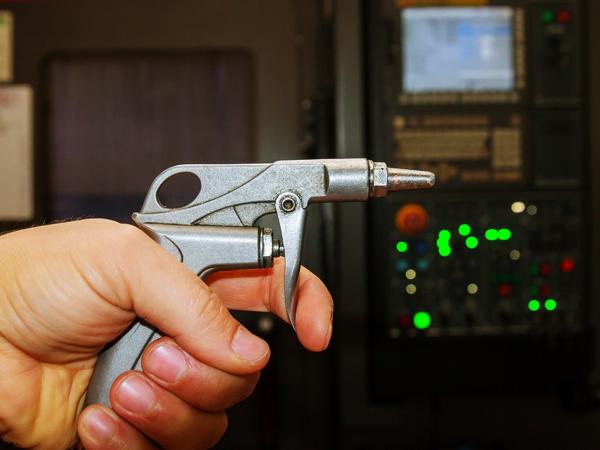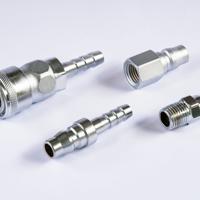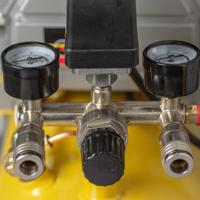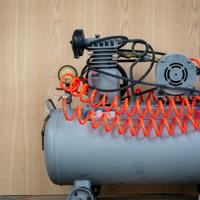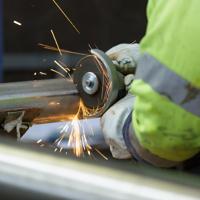Air grinders are versatile tools that can enhance any project when used correctly. However, ensuring safety while operating these powerful devices is crucial to prevent accidents and injuries. In this guide, we’ll walk you through essential safety tips for using air grinders.
Personal Protective Equipment (PPE)
Wearing the right personal protective equipment is vital in maintaining your safety while using an air grinder. Here’s what you need:
- Safety Glasses or Goggles: Always protect your eyes from flying debris.
- Hearing Protection: Air grinders can be loud, so wearing ear protection can prevent hearing loss.
- Gloves: Use gloves to protect your hands from sharp edges and vibrations.
- Dust Mask or Respirator: Protect your lungs from harmful dust particles, especially when grinding materials like metal or wood.
Inspect Your Grinder Before Use
Before you even turn on your air grinder, it’s vital to inspect the tool to ensure everything is in optimal working order.
- Check the Air Supply: Ensure that the air supply is appropriately connected and there are no leaks in the hose.
- Inspect the Wheel or Disc: Look for cracks or defects in the grinding wheel or disc. Using damaged equipment can lead to serious injuries.
- Test the Safety Guard: Ensure that the safety guard is secure and in place. Never use the grinder without the safety guard unless specified by the manufacturer.
Correct Operation Techniques
Using the right techniques ensures your safety and gets the best results from your air grinder.
- Right Tool for the Job: Use the grinder only for its intended purpose. Don’t force an air grinder to do the job of a cutting torch or hammer.
- Proper Handling: Maintain a firm grip on the tool and be aware of your surroundings to prevent loss of control.
- Start Slowly: Begin grinding at lower speeds, and gradually increase to the required rate. This allows you to have better control over the tool and prevents sudden kickbacks.
Maintain a Safe Workspace
A tidy and organized workspace minimizes risks when working with an air grinder.
- Cleared Area: Remove any clutter or obstructions that could impede your ability to maneuver.
- Stable Surface: Ensure your workpiece is securely fixed on a stable surface to prevent unnecessary movement.
- Good Lighting: Adequate lighting helps you see what you’re doing better, reducing the chance of accidents.
Adhere to Manufacturer Guidelines
Each tool comes with specific instructions from the manufacturer about its safe use. Make it a habit to:
- Read the Manual: Understand the peculiarities of your specific air grinder model.
- Follow Maintenance Schedules: Regular maintenance as outlined by the manufacturer can prevent malfunctions.
- Stay Updated on Recalls: Occasionally manufacturers recall certain tools for safety reasons. Keeping informed protects you from using potentially dangerous equipment.
For a deeper dive into air tool safety and compliance, consider visiting OSHA’s guide on machine equipment safety.
Keeping these safety tips in mind when operating an air grinder can significantly reduce the risk of injury and ensure a smoother workflow. Remember, safety doesn’t happen by accident; it requires your constant attention and care.
